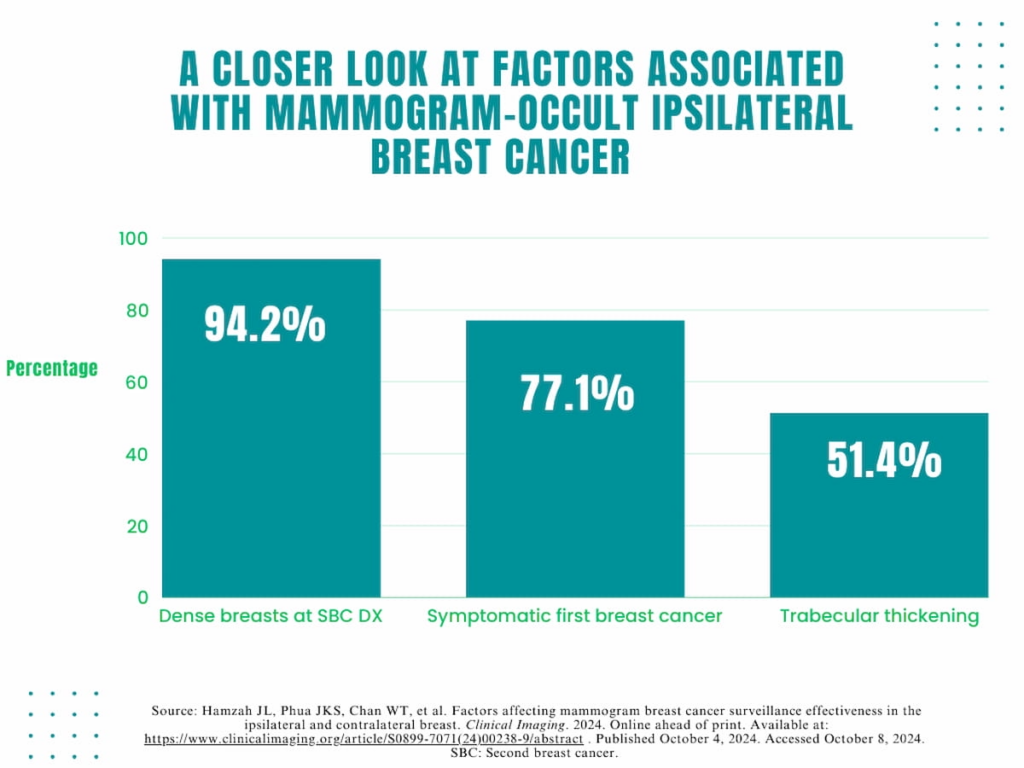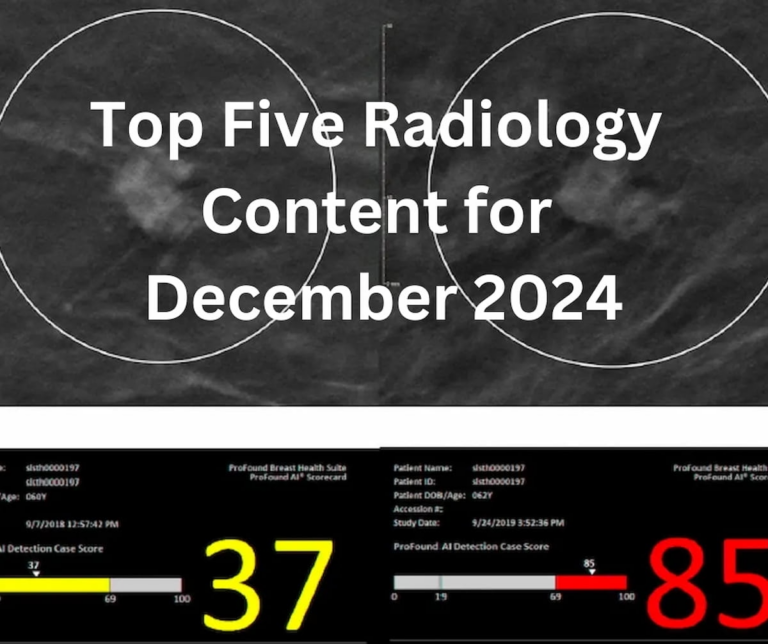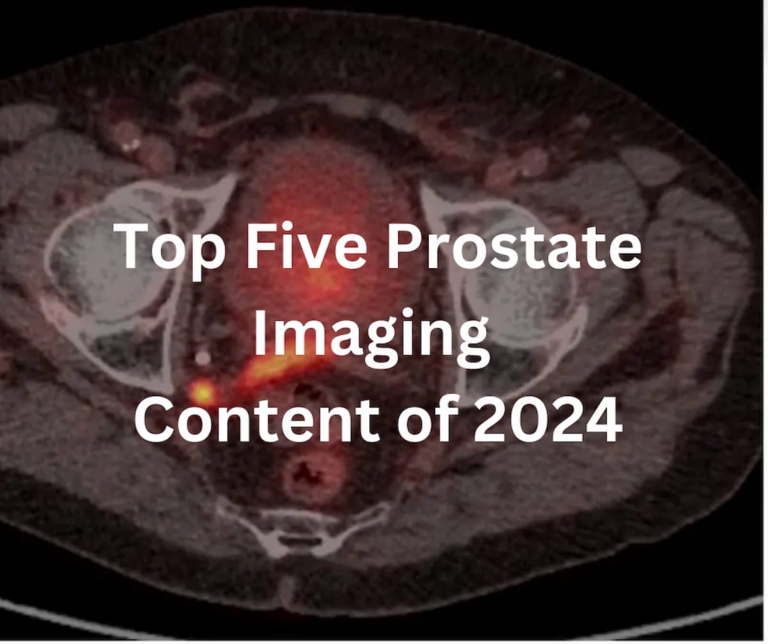
Recent research highlights significant factors linked to the occurrence of mammogram-occult ipsilateral breast cancer (ISBC) among women diagnosed with two instances of breast cancer within a ten-year span. Published in the journal Clinical Imaging, the study examined data from 274 women who were diagnosed with either ipsilateral or contralateral breast cancer following an initial diagnosis.
The research found that of the cases reviewed, 108 were categorized as ISBC and 166 as contralateral breast cancer (CSBC), with 35 cases of ISBC (32.4 percent) and 42 cases of CSBC being undetected in mammograms. Notably, a vast majority (94.2 percent) of the women with mammogram-occult ISBC had dense breast tissue at the time of their second diagnosis. Additionally, many of these women (77.1 percent) presented with symptoms during their first cancer diagnosis, and 51.4 percent exhibited trabecular thickening—an indication of potential abnormality—during surveillance mammograms.
Lead author Dr. Julie Liana Hamzah from Singapore General Hospital and the National Cancer Centre emphasized the connection between these factors: “Symptomatic first breast cancers, persistent dense breast tissue, and trabecular thickening on surveillance mammograms were strongly linked to the failure of mammograms to detect ISBC,” she noted.
The study also observed that of the 42 women with mammogram-occult CSBC, 15 (35.7 percent) had previously experienced a primary breast cancer that was also missed during mammographic screening. This finding raises important considerations, particularly for women who’ve undergone ipsilateral mastectomy while still having an intact contralateral breast.
Another critical aspect highlighted in the study was the underutilization of adjunct screening techniques at the time of the second breast cancer diagnosis. Only about 16.7 percent of ISBC cases and 28.3 percent of CSBC cases employed additional screening methods, despite evidence suggesting that such approaches could improve early detection rates.
Key Insights from the Research:
-
Detection Failures: Factors contributing to the failure of mammograms in detecting ISBC include symptomatic first breast cancers, dense breast tissue, and trabecular thickening.
-
Breast Density Impact: The research underscores a heightened risk of mammogram-occult ISBC in women with dense breast tissue, making the findings particularly pertinent for those with such characteristics.
- Value of Adjunct Screening: The study found that 81.5 percent of women who underwent adjunctive screening had stage 0 or stage 1 breast cancer upon diagnosis, compared to 69.4 percent in those without adjunctive screening, highlighting its importance in catching cancer more effectively.
In light of these findings, the researchers stress the need for a personalized surveillance approach that considers the distinct risk factors affecting each breast. This tailored strategy can enhance the effectiveness of mammographic screening and ancillary imaging techniques.
It is also important to note that the researchers acknowledged limitations in the study, including potential variations in mammography reporting between different institutions and observers. Furthermore, there may have been biases in reporting the incidence of mammographically occult cancers, particularly given the small number of asymptomatic breast cancer survivors who had received adjunctive screening.
This study contributes valuable insights into how particular characteristics—such as breast density and symptomatology—can impact breast cancer detection, emphasizing the need for improved screening protocols and vigilant follow-up care for women at risk.


